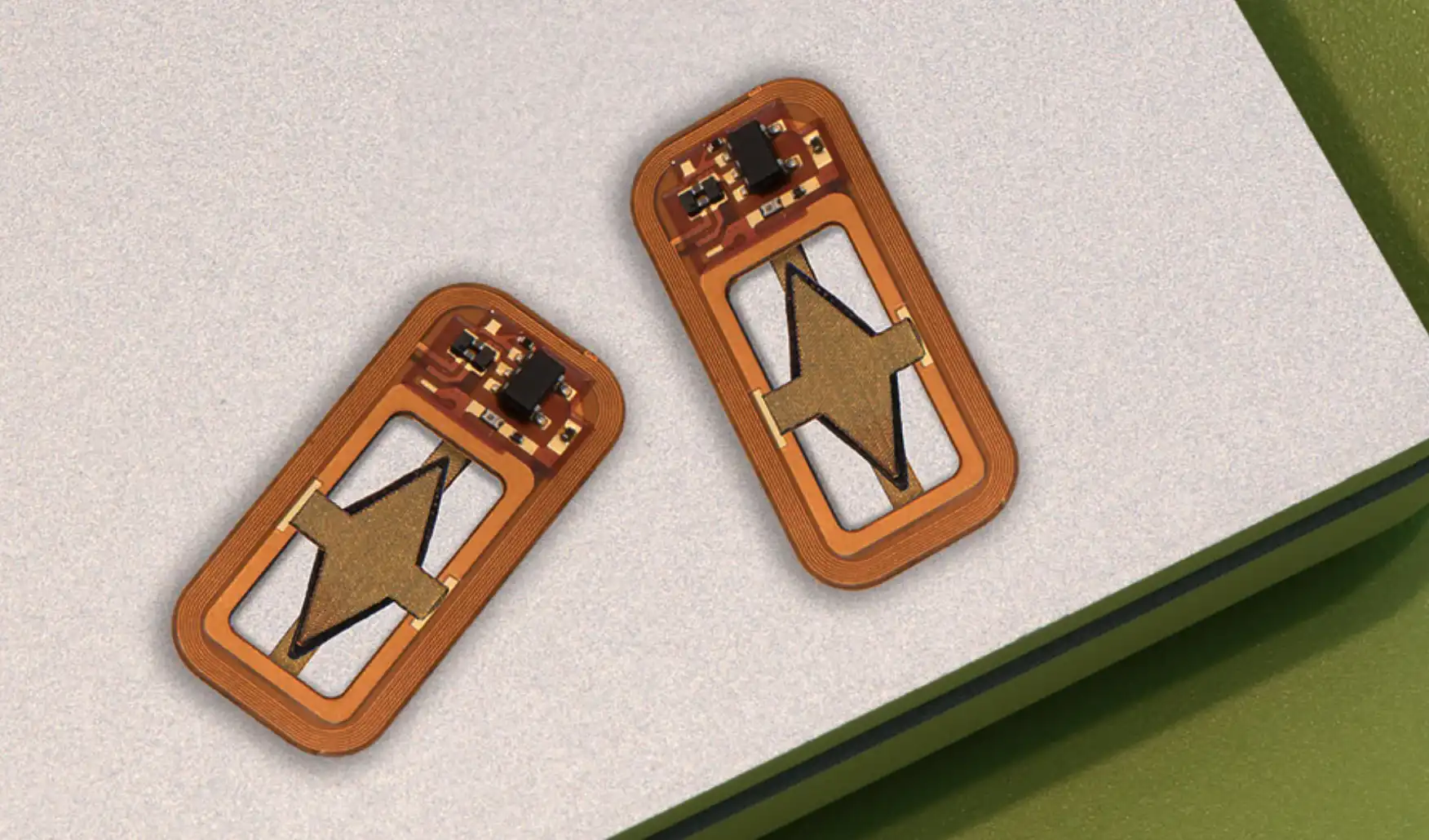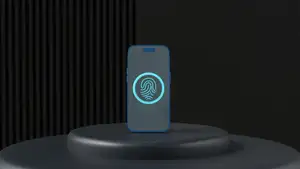
New Implantable Device Could Pave the Way for Injection-Free Control of Diabetes
A pioneering new implantable device recently crafted by engineers at the Massachusetts Institute of Technology (MIT) could potentially pave the way for the better regulation of Type-1 diabetes in an injection-free way.
The implantable device is capable of containing around a million insulin-producing encapsulated cells, and to keep these cells healthy as long as possible, it also contains an onboard oxygen-producing factory.
One of the most promising new approaches to controlling Type-1 diabetes is for patients to have pancreatic islet cell implants via a small device that produces insulin when required. It can eliminate the need for patients to regularly inject themselves with insulin. However, the innovative technology still comes with one major drawback.
After the islet cells have been implanted into the patient, they will inevitably be depleted of oxygen, meaning they can no longer produce insulin. To combat this key obstacle, engineers at the Massachusetts Institute of Technology have developed a ground-breaking new device that can easily be implanted into the human body, which not only has the ability to transport close to a million insulin-producing islet cells but also generate its own oxygen by splitting water vapor it finds naturally inside the body.
Tests were initially carried out on diabetic mice, and researchers discovered these implantable devices were able to maintain the correct blood sugar levels for up to four weeks at a time. As they move forward, the plan is to develop a much larger version of the device used in the mice, to roughly the size of around three SD cards laid out next to each other, that could one day be implanted into human patients with Type-1 diabetes.
One way of looking at this new medical technology is to think of it as a living thing fabricated from human cells that have the ability to secrete insulin. It also has its own electric-powered life-support system that keeps it ticking over. The team at MIT is thrilled by their current progress in recent months and remains optimistic the device could one day be used to help millions of patients worldwide.
The senior author of the recent study is a member of MIT's Institute for IMES (Institute for Medical Engineering and Science), the Koch Institute for Integrative Cancer Research, and Daniel Anderson, a professor in MIT's Department of Chemical Engineering.
While the current focus is on treating Type-1 diabetes, the researchers are considering how the device can be adapted to treat various other diseases requiring frequent deliveries of therapeutic proteins, such as cancer and HIV. The leader author of this paper, which recently appeared in the Proceedings of the National Academy of Sciences, is Research Scientist Siddharth Krishnan, also from MIT.
Other team members working on the pioneering technology, who are also MIT researchers, include another member of the Koch Institute, Rober Langer, and researchers from Boston Children's Hospital.
Injections being replaced
The majority of Type-1 diabetes patients are tasked with carefully monitoring their own blood sugar levels and injecting themselves at least once every 24 hours. However, the current procedure doesn't mimic the human body's natural ability to control blood sugar levels.
Many of these patients who are dependent on daily self-inject insulin boosters are perfectly capable of delivering the treatment themselves, but their blood sugar levels are still not as healthy as they should be. Even if a dedicated patient is excellent at the process of self-treatment in this way, the levels can still not match what a perfectly healthy pancreas can produce.
Instead of injecting insulin, it would be more efficient for patients to transplant insulin-producing cells each time a surge in their blood sugar levels is detected. There have even been some diabetic patients who have undergone a treatment where islet cells from recently deceased humans have been transplanted into them, which helped in the control of diabetes over a relatively long period; however, to ensure the implanted cells are not rejected by their own bodies, they also have to keep on taking immunosuppressive drugs.
Another more recently developed treatment, whereby patients receive islet cells derived from stem cells, was also successful, but immunosuppressive drugs are also needed for this treatment to combat rejection. One technique that could potentially prevent patients from taking immunosuppressive drugs would be using a flexible device to encapsulate any transplanted cells to keep them safe from the patient's immune system from trying to attack them.
One of the most challenging obstacles for researchers is to develop a reliable oxygen supply for the encapsulated cells. Several experimental devices have been tested in clinical trials where oxygen chambers can feed cells, but the drawback here is that they need to be replenished regularly. Some implants that can generate oxygen, thanks to chemical reagents, have been developed, but they also don't last forever and eventually need replacing.
The Massachusetts Institute of Technology research team has been looking for a device to generate oxygen for an unlimited amount of time by taking a slightly different approach. They have tweaked an existing form of tech that was first designed to produce hydrogen in fuel cells using a proton-exchange membrane inside the device.
Water is found in abundance in the human body. Therefore, the tiny device's membrane could split this water vapor, creating hydrogen, which is dispersed without risk to the body, and oxygen, which can easily be stored in a chamber that drip feeds the islet cells via a slim oxygen-permeable membrane.
This approach is preferred because the implantable device would not require batteries or wires to function properly. Only a small power supply, around 2 volts, is required for the device to split the water vapor and release the oxygen, which would be made possible using the resonant inductive coupling phenomenon. Outside the body is where researchers say patients will need to wear a patch on their skin. It would be a finely tuned magnetic coil – a power source that transmits wireless power via a flexible built-in antenna located inside the device.
Readily available drugs
After manufacturing their new medical device, which measures roughly the same size as a UK ten pence piece coin, a series of successful tests were carried out on two groups of lab mice, all of which have diabetes. In each case, the device was implanted just beneath the skin in mice with perfectly working immune systems. One group tested had a device containing islet cells without any additional oxygen, and mice in the other group were implanted with the water-splitting, oxygen-generating membrane.
Researchers concluded that within around a fortnight, the group of diabetic mice treated with the nonoxygenated device became hyperglycaemic, meaning their blood sugar levels were too high, but the other group tested with the oxygen-generating device maintained typical blood glucose levels you would find in healthy animals.
What often happens when human bodies are implanted with any kind of medical device is that the immune system tends to attack that device, which can cause fibrosis, where scar tissue builds up. This causes the devices not to work properly and become far less effective. During testing, fibrosis did occur around the implanted devices, but they remained effective at controlling blood glucose levels, meaning they could still circulate glucose in and insulin out.
Using this technique, the cells capable of producing various other therapeutic proteins over prolonged periods to treat illnesses would be a step in the right direction. It can also keep cells alive that produce a protein that stimulates the production of red blood cells called erythropoietin.
Thanks to their ground-breaking discoveries, researchers are hopeful and remain positive that living medical devices implanted inside the human body to produce the medicine needed to treat a variety of illnesses will one day become the norm. The most effective way to treat patients would be to develop devices like this that can last a long time so the patient doesn't need regular infusions.
The next phase for researchers is to increase the device's size, adapt it to slightly bigger animals, and then eventually test even bigger devices suitable for implantation in human beings. It would need to be roughly the size of around three SD cards placed next to each other. They will also need to conduct further tests to determine if such devices can stay in the human body for much longer periods.
The materials currently used by engineers are fundamentally robust and can last a long time, meaning there's a good chance a new implantable device used in humans to control diabetes and other illnesses isn't too far away. The recent research was funded by the National Institute of Biomedical Imaging and Bioengineering at the National Institutes of Health. It was also made possible thanks to additional funding from the Leona M. and Harry B. Helmsley Charitable Trust and the Juvenile Diabetes Research Foundation (JDRF).










